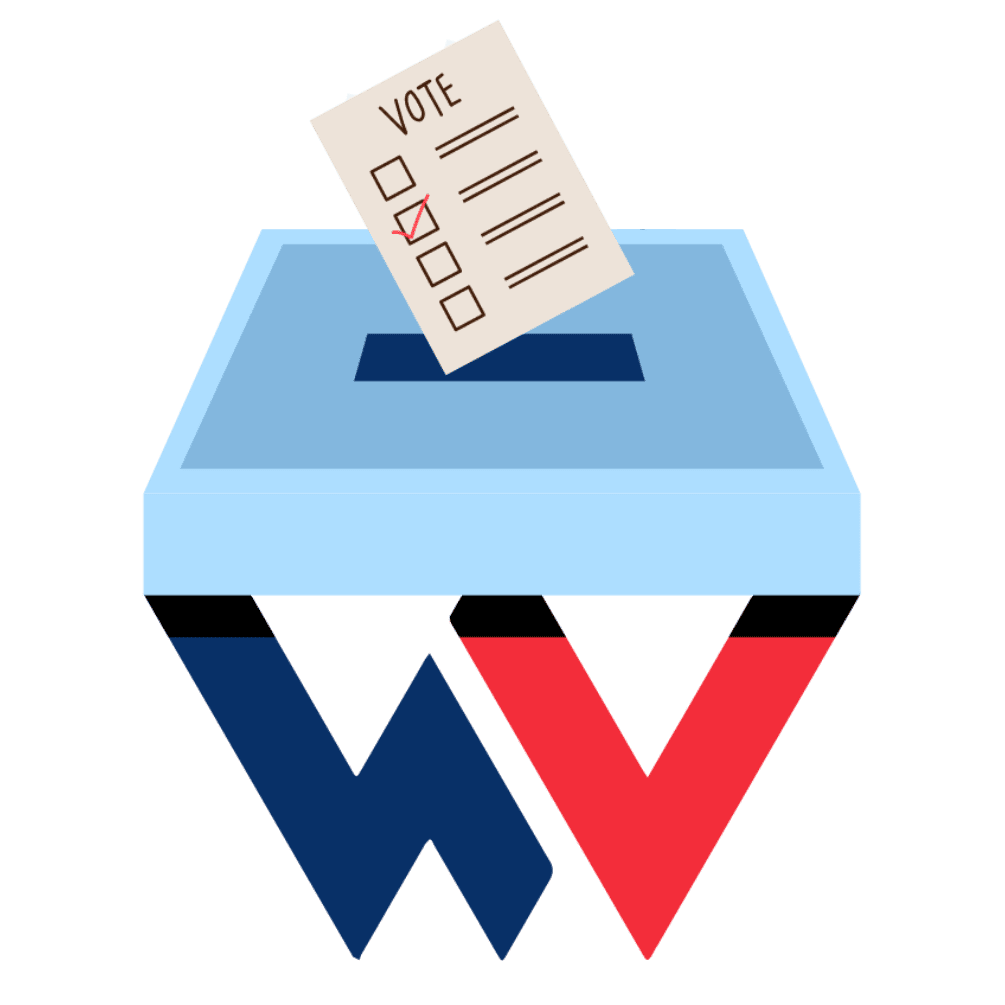What economic strategies does “Project 2025” promote to stimulate growth?
Overview:
Project 2025 aims to jumpstart economic growth by implementing a series of deregulation measures and tax reforms.
The document proposes cutting back on governmental bureaucracy—often referred to as ‘red tape’—and adjusting tax policies to benefit businesses and encourage investment.
The underlying philosophy of these strategies is to enhance the efficiency and competitiveness of the U.S. economy by fostering a more business-friendly environment.
Direct Text Citations:
“The federal budget absorbs enormous resources from the economy… The budget should be balanced by driving down federal spending while maintaining a strong national defense and not raising taxes.” (Project 2025, page 734).
“Eliminate politicization, reestablish trust and accountability, and restore faith to the force.” (Project 2025, page 136).
Categories of Changes:
- Deregulation:
- Removing or simplifying regulations that are considered burdensome to businesses.
- Tax Reform:
- Modifying tax policies to favor business investment and economic activities.
Detailed Implications for Everyday Citizens:
- Job Creation and Wage Growth:
- Potential Benefits:
- If businesses thrive under looser regulations and reduced taxes, they might expand and create more jobs, potentially leading to higher wages and improved job security for many Americans.
- Potential Benefits:
- Sector-Specific Growth:
- Certain industries, especially those heavily regulated like manufacturing and energy, could see significant growth, translating into more job opportunities within those sectors.
- Reduction in Labor Protections and Environmental Safeguards:
- Workers’ Rights:
- Deregulation could lead to a reduction in labor protections, such as safety standards and workers’ rights to organize.
- This could result in more precarious working conditions, especially in industries like manufacturing and construction.
- Deregulation could lead to a reduction in labor protections, such as safety standards and workers’ rights to organize.
- Environmental Impact:
- Reducing regulations might also mean less oversight of environmental protections.
- This could lead to increased pollution and environmental degradation, affecting public health and the safety of communities, particularly those located near industrial areas.
- Reducing regulations might also mean less oversight of environmental protections.
- Workers’ Rights:
- Economic Inequality:
- Wealth Distribution:
- While tax reforms and deregulation might boost economic growth, they could also lead to increased income inequality.
- Benefits might disproportionately favor the wealthy and business owners, with fewer gains trickling down to the average worker.
- While tax reforms and deregulation might boost economic growth, they could also lead to increased income inequality.
- Access to Services:
- Cuts in federal spending, a key component of fiscal conservatism, could reduce public services like healthcare, education, and social security, affecting lower and middle-income families who rely more on these services.
- Wealth Distribution:
- Long-Term Economic Stability:
- Boom-Bust Cycles:
- Quick economic expansion fueled by deregulation can sometimes lead to instability.
- Without adequate regulations, the economy might be more susceptible to boom-bust cycles, which can create economic crises that ultimately harm everyday citizens.
- Quick economic expansion fueled by deregulation can sometimes lead to instability.
- Public Debt and Fiscal Health:
- While the aim is to reduce public spending, the effectiveness of these measures in sustaining long-term fiscal health remains debated.
- Reduced tax revenues, if not offset by significant cuts in spending, could increase national debt, leading to long-term economic challenges.
- While the aim is to reduce public spending, the effectiveness of these measures in sustaining long-term fiscal health remains debated.
- Boom-Bust Cycles:
Conclusion:
The economic strategies outlined in “Project 2025” promise to invigorate the U.S. economy by fostering a business-friendly environment through deregulation and tax reform.
However, these strategies also carry risks, including reduced protections for workers and the environment, potential increases in economic inequality, and challenges to long-term fiscal stability.
For everyday citizens, understanding these policies’ multifaceted impacts is crucial as they navigate their roles as workers, consumers, and environmental stewards in a changing economic landscape.
